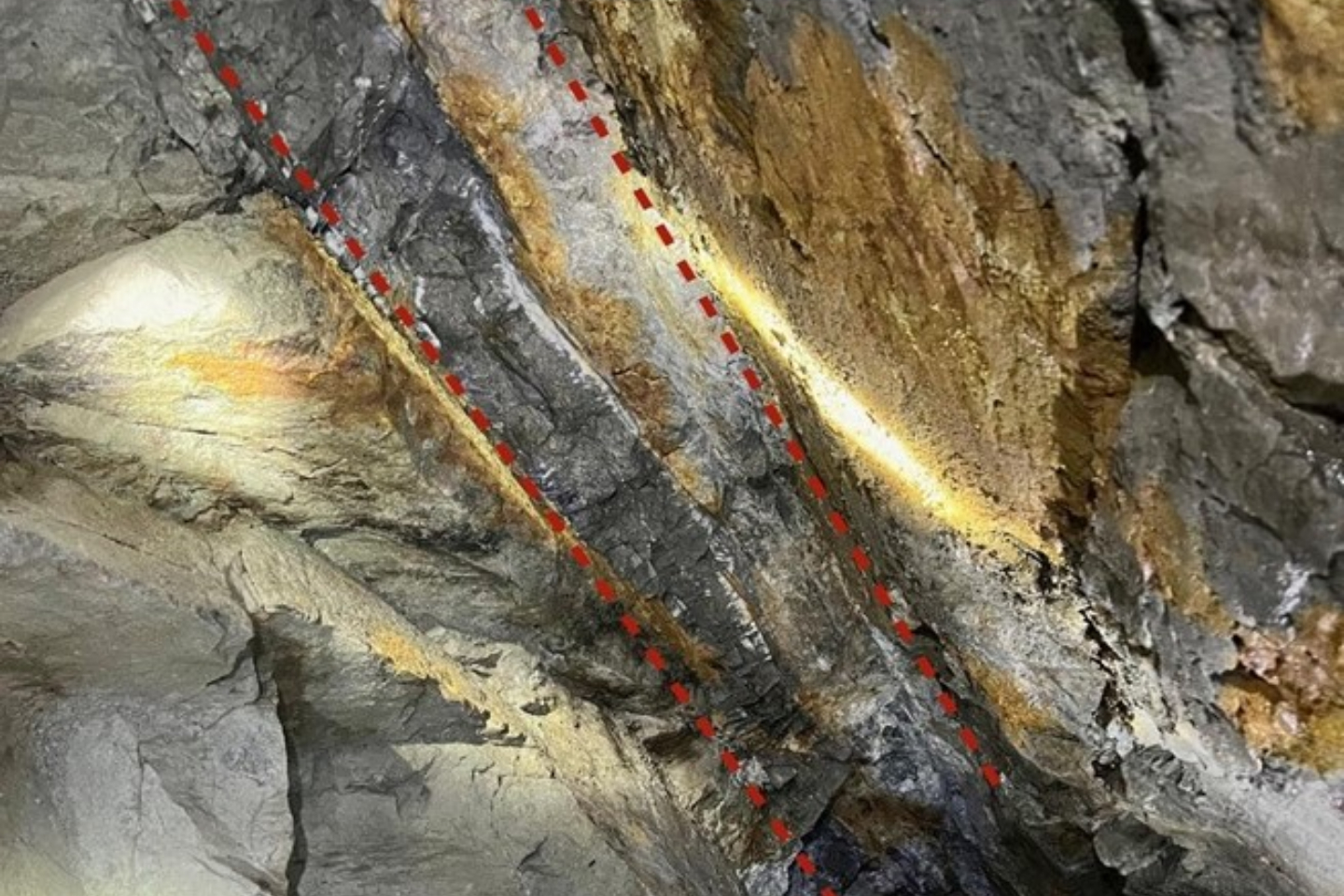Aguia Resources is charging towards production at its Santa Barbara gold project in the Columbian State of Bolivar following key project procurements ahead of underground developments slated for later this year. The company believes that for relatively little capital expenditure, it can be producing first gold at the high-grade, low-tonnage operation by as soon as next year’s first quarter.

Aguia Resources is charging towards production at its Santa Barbara gold project in the Columbian State of Bolivar following key project procurements ahead of the underground development that has been slated for later this year.
The company believes that for relatively little capital expenditure, it can be producing gold at the high-grade, low-tonnage operation by as soon as next year’s first quarter.
Management says all underground exploration development should be uncomplicated because of the high-grade, gold-bearing veins that were exposed in by previous mining between 2016 and 2021.
The material mined at Santa Barbara was processed at an impressive head grade of some 20 grams per tonne gold at a 30-tonne per day on-site processing facility constructed by Canadian duo, Baroyeca Gold and Malabar Gold Co. Aguia believes a capital outlay of $2.5 million will allow the company to increase that to at least 50 tonnes per day come the first quarter of next year, equating to about $120,000 worth of daily gold production.
The company has purchased primary and secondary crushers capable of processing a minimum of 173 tonnes per day, alongside three additional agitator tanks and a 75-tonne per day thickener system.
Aguia has also set about upgrading its working quarters at the relatively modern site. Orders have been placed for containerised accommodation, a kitchen, bathroom, office, medical station and storage for the camp.
New larger diesel generators are also expected to soon be purchased to power the processing plant and accommodation upgrades.
Key in-country operations personnel are also being added, including new mining engineering and mine manager, Oscar Garcia Alvarez. Alvarez will plan setup and underground development activities, including exploration of the relatively untouched Mariana vein – a new adit 200m south of the existing underground workings.
googletag.cmd.push(function() { googletag.display('bn-dfp-article-lb2-advert'); });Management says historical development on the Mariana vein produced grades akin to those exposed in the Santa Barbara exploration development.
Aguia Resources executive chairman Warwick Grigor said: “Aguia’s Santa Barbara gold project is expected to recommence with underground exploration and development in the fourth quarter of this year. It is the Company’s aim to continue with the development activities and to replicate the achievements from the earlier trial mining phase where Baroyeca reported impressive high-grade recoveries of gold.”
The company’s flagship project – the Tres Estrades phosphate deposit – lies nearly 3000km to the south-east in southern Brazil. The phosphate project is similarly advanced and also requires only a modest capital expenditure to get it into production after being bogged down in legal wranglings for the past two years because of what management says are bogus environmental activist claims.
Aguia now plans on sidestepping its legal battle woes by leasing a potentially available processing plant just 100km from the project, which could see Tres Estrades in production by the middle of next year.
A bankable feasibility study conducted on Tres Estrades by the company in March last year concluded that by producing 300,000 tonnes per annum during an 18-year mine life, with capital expenditure of $26 million, the project would spit out $22 million a year in EBITDA. The payback period is anticipated to be 2.9 years on the back of a 54.7 per cent internal rate of return (IRR) that could easily be reduced by through leasing of the nearby processing plant in favour of capital-intensive construction.
Aguia says the new plan is to deliver strong early cash flow from its high-grade Santa Barbara gold mine in Columbia to provide much of the cash needed to fire up its organic phosphate operations in Brazil.
Currently, southern Brazil meets its phosphate demand entirely from imports, mainly from Morocco, at long-term contract pricing of about $400 per tonne. With gold currently at all-time highs and production in Columbia slated for next year’s first quarter, Aguia could boast two producing South American assets in premium qualities by the middle of 2025.
Is your ASX-listed company doing something interesting? Contact: matt.birney@businessnews.com.au













